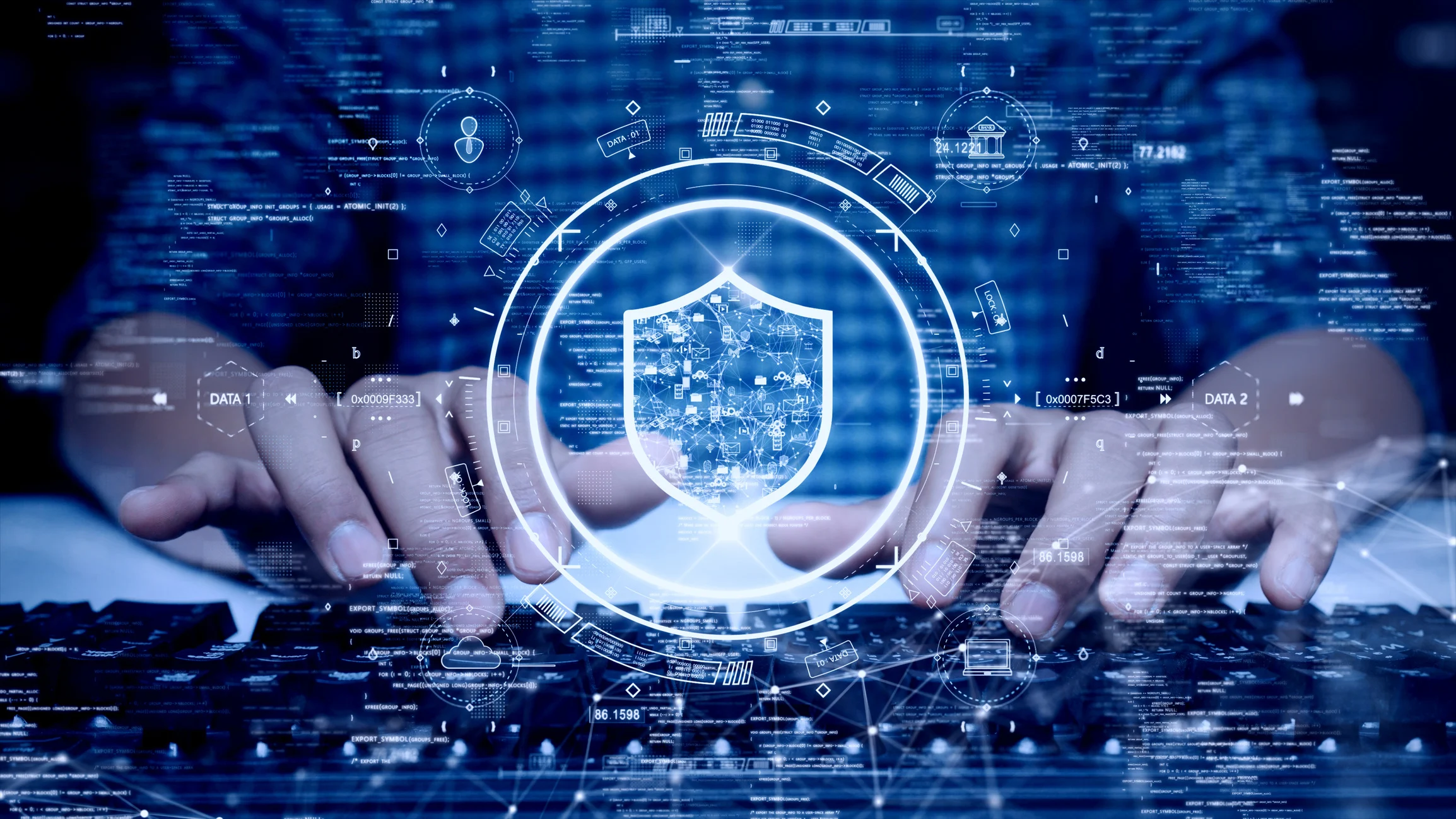No organization can depend upon conventional security tools for the protection of data, systems, and reputation in this age when cyber threats evolve faster than ever. Cybercrime is getting more sophisticated day by day since cybercriminals make use of every potential vulnerability to breach networks and steal sensitive information. Such being the scenario, an organization should be proactive in cybersecurity matters and be adequately equipped to detect emerging threats as quickly as possible and respond effectively. This is where managed detection and response have come up as an indispensable solution for businesses of every scale.
MDR stands for Managed Detection and Response
Managed Detection and Response represents an extended cybersecurity service wherein state-of-the-art technology combines with continuous monitoring and expert analysis to detect, investigate, and respond to threats in real time. The solution is differentiated from traditional security solutions that are highly dependent on either automatic systems or periodic scans in offering threat detection and response led by humans round the clock.
They are, in essence, an extension of your in-house IT or security team. The providers shall, therefore, monitor all activities across the networks using various advanced tools such as endpoint detection and response, threat intelligence platforms, and machine learning algorithms. Notifications about potential threats hence come through to a team of experts in MDR, who act promptly to mitigate risks with a view to avoiding real incidents.
Growing need for Managed Detection and Response in modern business
Today, the two great forces of the digital world are complexity and connectivity. Organizations open their doors to cloud computing, working remotely, and IoT devices, creating more ways for a cyber attack to happen. Meanwhile, as the number and severity of cyber-attacks continue to grow, ransomware and phishing schemes against organizations in all industries keep headlining the news daily.
These are advanced and adaptive kinds of threats that can no longer be dealt with by traditional security systems like firewalls and antivirus. They can detect known vulnerabilities but more often than not fail to identify zero-day exploits, lateral movement, or insider threats.
MDR fills this critical gap by offering continuous visibility into an organization, threat hunting, and incident response to ensure no threat goes undetected.
Key benefits of managed detection and response
1. 24/7 Threat Monitoring and Detection
Cyber threats can always strike at any moment, and it is all about constant monitoring. MDR services are 24/7, having your network in view at every moment. In other words, the beginning of a probable attack is noticed in real time and way before it could cause serious damage.
2. Rapid Incident Response
When any type of threat is detected, speed is key.Managed Detection and Response providers have investigation teams that neutralize malicious activities from the moment they are detected. Managed Detection and Response reduces “dwell time”-that is, the time between a breach and its detection-and hence drastically reduces the potential losses and data exposure.
3. Knowledge of Advanced Security and Capabilities
Since most organizations, many of them SMEs, cannot afford or retain a fully qualified cybersecurity team, Managed Detection and Response services help to fill the resource and personnel gap by providing clients with certified security analysts, threat hunters, and incident responders experienced in managing complex cyberattacks.
4. Cost-Effective Security Solution
Setting up an in-house SOC is prohibitively expensive and requires huge investments in infrastructure, technologies, and skilled people. However, MDR extends the protection for a fraction of that cost. This way, it would ultimately provide enterprise-grade cybersecurity to businesses without them having to bear the burden of maintaining it in-house.
5. Proactive Threat Hunting & Intelligence
It goes much beyond the classic, reactive mechanisms of defense. An MDR team uses continuous threat intelligence feeds and proactive threat hunting techniques to identify suspicious patterns, unknown malware, and potential vulnerabilities before these can be exploited.
6. Compliance and Reporting Support
A security regulatory framework such as GDPR, HIPAA, and PCI-DSS require a high level of cybersecurity within an organization.Managed Detection and Response solutions support organizations with their compliance objectives through comprehensive reporting, audit logging, and incident response documentation.
7. Scalability and Flexibility
As your organization grows, so too do your needs around security. MDR services scale with ease to meet ever-expanding networks, employees working from home, and the cloud, keeping each endpoint protected.
How MDR Differs from Traditional Security Approaches
The fact is, most organizations are still dependent on threat management systems-whether that’s SIEM or standalone antivirus. Such tools are fundamentally essential but tend to be somewhat limited. In the case of a SIEM system in particular, logs are collected, and teams are alerted to all kinds of anomalies. This generally requires internal expertise to investigate further into those alerts and take action. On the contrary,Managed Detection and Response represents a fully managed service. It detects and reports the threats but also initiates immediate remedial actions-right from the isolation of infected devices to containing lateral movements. What’s more, MDR providers have brought in a fusion of automation and human intelligence to make sure that every alert is verified and handled in the most efficient manner, hence reducing false positives overwhelming the internal teams.
MDR in Action: Real-World Example
Consider a mid-sized financial company that has just migrated to a cloud-based operation. One night, an actor in bad standing exploits a vulnerability in the remote access system. Without MDR, such intrusions would go unnoticed for weeks with massive data thefts or deployments of ransomware. With Managed Detection and Response in place, the system detects unusual login behavior, alerts the security analysts in real time, and isolates the affected endpoint. The threat is contained in minutes, and company operations continue without interruption. The next day, the MDR team delivers an elaborate report, pointing out the root cause besides recommending preventive steps to avoid recurrence. It’s this real-time protection and speed of response that make MDR so valuable to modern business.
Choosing the Correct MDR Provider
Selection of the appropriate Managed Detection and Response provider is crucial. While assessing vendors, a company should look for the following:
- Proven experience and industry certifications, including SOC 2 and ISO 27001.
- Complete protection across endpoints, networks, and cloud environments
- Clearly report and communicate in an incident.
- Integration with the existing security infrastructure Dedicated support.
- 24/7, with fast response times.
Your trusted Managed Detection and Response partner should be an extension of your internal team-a guarantee that protection will remain uninterrupted in day-to-day operations.
The Future of MDR
Given the sophistication of cyber threats, Managed Detection and Response solutions today incorporate AI-driven analytics, machine learning models, and automated incident response workflows. These technologies drive accuracy and speed to a level higher whereby an MDR system will be able to predict pending attacks and prevent them. With increased cloud computing and remote work adoption,Managed Detection and Response’s role is going to be very important in protecting these distributed networks. Thus, companies that invest in an MDR solution today are securing their data and future-proofing their entire cybersecurity infrastructure.
Conclusion
In the modern digital landscape, where the cyber world is relentless and unpredictably full of threats, taking care of security by traditional means alone is not sufficient. MDR provides the proactive defense, expert oversight, and real-time response that businesses require in today’s dynamic security environment. Be it a small enterprise or a global organization; with Managed Detection and Response, you will be empowered to detect, contain, and respond to threats before they can cause harm. By combining human expertise with the latest technology, Managed Detection and Response converts cybersecurity from a reactive process into a resilient proactive defense strategy that keeps your business protected, compliant, and confident in the face of ever-evolving cyber risks.



































